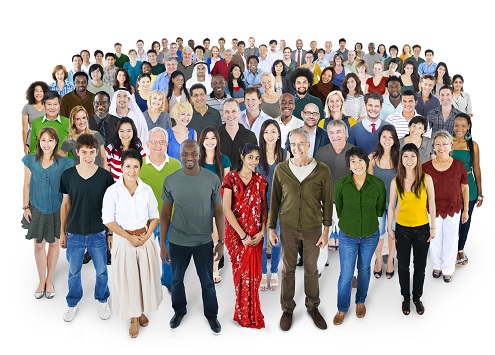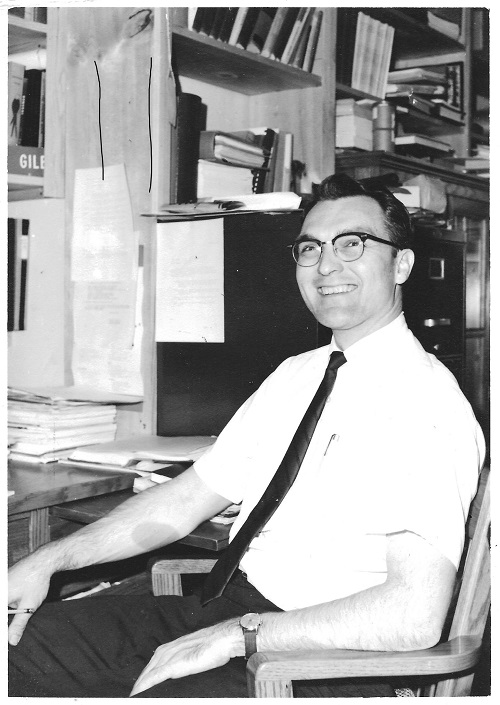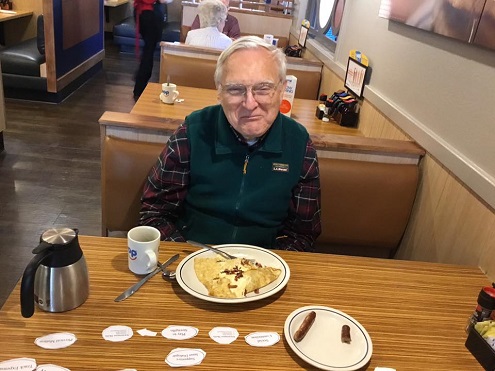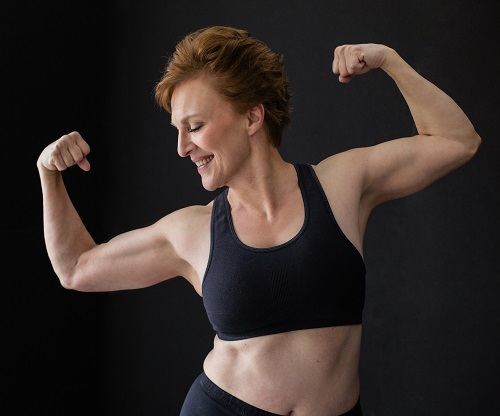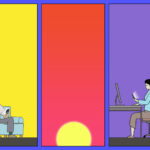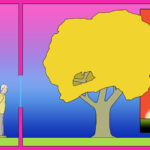Today, I am will-you-still-love-me 64.
As I anticipate facilitating a local grief support group, I have became aware that addressing grief requires a deep, existential dive, not just into the meaning of life, but into the meaning of death.
When I was in my 30s, 40s, and 50s, I wrote philosophies of life. This past year, the death of my father, the death of a dear friend, my own potential death from a fall and concussion, plus over 6 million deaths from COVID-19, all call me to break a taboo and speak of death.
This causes understandable anxiety.
I am not alone. For the nearly 8 billion people alive on the planet today, anxiety – unease about things that may be ahead – may be legitimate. Indeed, global rates of anxiety have risen. According to some researchers, anxiety is considered useful and motivating, an indicator of threat, that something’s not right. In January, 2023, death may well be more likely than it was in January 2020.
I considered the deaths of my father and friend devastating losses. I felt hit, bereft, disoriented. Then, a home pull-up bar failed and I truly got hit in the head. I began to wonder. What is the ground beneath my feet? I’m already among the one-third of Americans over 60 who – if I didn’t rent rooms to international scholars – would live alone, no partner, no children, with a small extended family. What would hold me up if I were to lose everyone and everything? What holds me up when I realize that I, ultimately, will lose everyone and everything – including my own life – when I die?
Iverach et al. tell us, “Awareness of mortality and fear of death have been part of the human condition throughout recorded history. According to [Irvin] Yalom, human beings are ‘forever shadowed by the knowledge that we will grow, blossom, and inevitably, diminish and die.”
Death anxiety is considered a central cause of human distress.
What is the ground beneath my feet? What is real? What is true? How are those terms even defined? What can I count on? How do I make sense of all this? What is my philosophy of life and death?
In the 300,000 year history of Homo sapiens, in the story of the 100 billion people estimated to have ever lived, I have a paragraph.
In the photo album of the 100 billion, turn enough pages – past the photos of the famous and the infamous, your loved ones and mine – there is a glossy shot of you, then of me. Paragraphs and photos came before us and, for an unknowable amount of time in the future, will come after us.
I am human and humans die – maybe now, definitely later. I may not like it, but I accept it. People important to me have died and will die. Pets die. Death is a fact.
Right this moment, I am alive.
- I will, at times, validly feel powerless and helpless about the biological fact of my inevitable death.
- I may often have some level of anxiety and sadness about the anticipated end of my life, both for myself and those I care about who will have to do without me.
- Significant anxiety-buffering factors – such as reliable, shared world views and social interaction – have been compromised by the pandemic.
- I might believe things should be different, and longingly wish they were, but, given the complexity of reality, I can’t know if a difference would have made things better, worse, or had no impact.
- I am astonished by my belief that I could accurately read and predict another person’s mind and heart, given the human brain holds an estimated 100 billion neurons and perhaps a similar number of glial cells.
- I am astonished by my belief that, if I felt something ardently enough, or believed it fervently enough, it was a fact.
- I am astonished by the amount of influence, power, and control I believed I had and how little I ended up having. I thought the extent to which I could control my life would determine its quality. I didn’t know that, again, given the complexity of reality, uncertainty would be natural and normal, a condition to be navigated, not fought.
- But I long for certainty! In his poem, “Noreen,” Peter Meinke writes, “How much we need reasons! How reasons make us feel better!” Probabilities and possibilities can be estimated. Certainties cannot be determined.
- What’s done cannot be undone. What happened cannot be made to un-happen.
- I did my best to help things go in ways I thought would be best for everyone.
- I did not realize how exhaustingly I tried to be all things, to all people, at all times, and secretly feared I was nothing, to anyone, at any time. Oh, my! Neither is possible.
- I did not realize how much thinking I, they, things should be different has caused my suffering.
- I might sometimes get frantic trying to prevent what I interpret as disaster, however much what’s happening results from facts and reality as they are.
- I thought I was helping myself when I recoiled from inevitabilities. It brought a bit of relief in the short-term, but caused more suffering than bravely leaning forward and seeing things as they might be, are, or were.
- I didn’t know that, paradoxically, seeking reassurance can actually escalate anxiety. For many realities of the human condition and human life, there are no reassurances.
- I believed reprimanding myself was corrective and motivating. I didn’t mean to turn into my own predator and forsaker. Now I keep close to myself. I meticulously help myself with challenges.
- The personnel changes. People come and people go: neighbors, co-workers, family members, partners, bosses, on and on. Beings come and go: the family dog, the beloved cat, on and on.
- I acknowledge whom and what I’ve lost irreversibly.
- I acknowledge whom I can’t see and what I can’t do.
- I acknowledge with whom I will not get to continue.
- I can fret over possessions if I wish, but, ultimately, I don’t get to keep them. When I’m gone, boxes of my things will join the boxes in my basement of my grandparents’ and parents’ things. Lovingly, my family members were trying to protect me and help me. Items, however held to be valuable, can become useless.
- I acknowledge that I can write an advance directive, attempting to narrate how my dying must go and not go, but I am a biological organism and biology will unfold as it will.
- I may be in such unbearable psychological, physical, mental, or existential pain that I may take action to end my own life, or take actions that might risk or hasten my death. Others cannot know what it is like to be me or to see what I see. I will not consider these acts of illness or brokenness, but of self-love, mercy, and humanity.
- I did not realize that seeing and acknowledging reality as it is, seeing the reality of what I can and cannot do, and accepting what is mine and not mine to do, all bring me a sense of the way things are that, in turn, bring me a sense of some peace and freedom.
- I can co-travel with loving my life and grieving it at the same time.
“Find meaning and purpose” is advice often given to those asking existential questions. However, researchers have found that “meaning in life” may not do the trick.
When I was explaining what a triathlon was to my 101-year-old grandmother, she said, “Run while you can!”
Surrounded at our school by frightened students after we learned of attacks on the World Trade Center on 9/11, I asked our head of school, Gordon MacLeod, what we should do. He answered, “Carry on!”
After all that’s happened, all that’s lost, all these feelings, all these limits, all these risks, and the certainty of my life ending, might I carry on? If so, how?
To start? Kindly. I got born into the human condition with “the wound of mortality” without being consulted and without warning. My Homo sapiens-ism, my DNA, got meaninglessly, randomly assigned to my family, in my country, in my birth year. I have made the best of things, the best I can. I scrutinize my past efforts and conclude that, if I could have done better, I would have. Altruism is as old as humaniy itself.
Logic holds that reality-based strategies are more likely to produce desired outcomes than belief-based strategies.
Given reality as it is, my feelings and thoughts, my values and priorities, my strengths and preferences – after all that’s gone down – what will be my strategies for living in the time I have left? Shall I run? Take next steps?
Such questions! Such tasks! Kindness is merited.
image: iStock
All content on this site is for informational purposes only and is not a substitute for medical, professional, and/or legal advice. Consult a qualified professional for personalized medical, professional, and legal advice.
